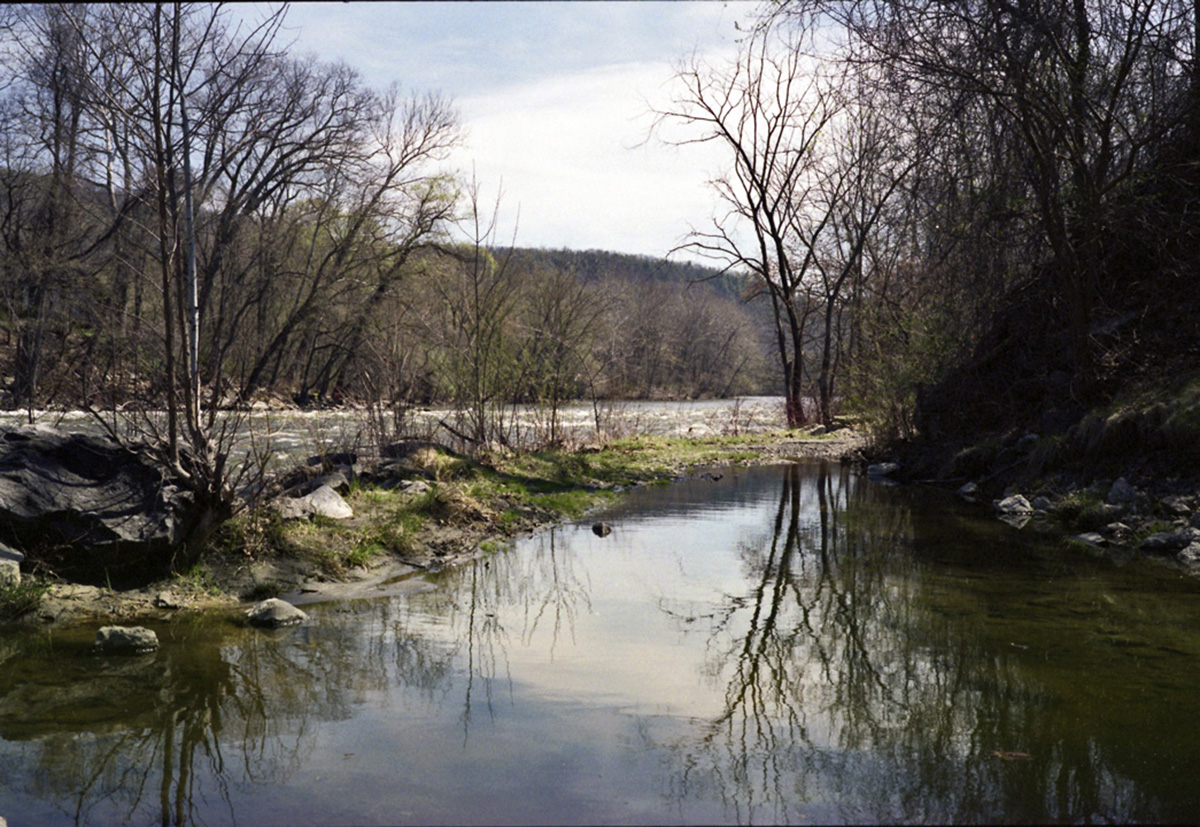General Electric, EPA Tussle over Long-Polluted Western Mass. River

Photo by Bruce Berrien on Flickr/Creative Commons
Update: Tuesday, 9:45 p.m.
GE spokesman Dave Lurie has provided the following statement:
GE is committed to a common-sense solution for the Housatonic that is fully protective of human health and the environment and avoids unnecessary destruction of the surrounding ecosystem. We have spent over $500 million on environmental projects in Pittsfield, including the cleanup of the first two miles of the River and the former GE plant-site, and have repeatedly stated that we would undertake the right dredging project.
Previously:
General Electric hasn’t done much to endear itself to Bay Staters since it was announced last month that the multinational corporation would be moving its headquarters from Fairfield, Connecticut to Boston, where it would enjoy a cornucopia of state and local tax incentives.
Boston Mayor Marty Walsh compared the move to winning the Powerball. U.S. Sen. Ed Markey mused, “GE’s new motto should be ‘We Bring Good Things to Mass.'” Then documents released by Baker’s office revealed that city and state officials agreed to help build GE a helipad, amidst talks of a fare hike for the beleaguered MBTA. Then GE laid off 59 aviation engineers from its plant in Lynn. And never mind all the tax avoidance.
Now, GE finds itself in a dispute with federal regulators over a multimillion-dollar plan to clean the Housatonic River in western Massachusetts, which the industrial giant flooded with toxic chemicals for close to 50 years.
GE believes it should be allowed to continue disposing toxic sludge in Berkshires landfills near the river, the Globe reports, despite a state regulation requiring it be taken out of Massachusetts. The U.S. Environmental Protection Agency announced a plan in October that would require GE to spend an estimated $613 million to remove the highly toxic polychlorinated biphenyls, or PCBs, that its Pittsfield plant dumped into the Housatonic for nearly five decades.
GE executives, on the other hand, call the EPA’s plan “arbitrary and capricious,” “unlawful,” and claim it violates a 2000 settlement with federal, state, and local officials. The company also says it has spent more than $500 million since the 1990s to clean two miles of the 150-mile Housatonic. Shipping the contaminated soil remaining along 10 miles of floodplains and riverbeds would cost another quarter-million, GE estimates.
GE, in case you’ve forgotten, paid zero income tax for four years between 2002 and 2011, receiving federal subsidies while its offshore profits multiplied sixfold to $92 billion.
GE also objects to the cleanup of Woods Pond, an area of Housatonic most heavily polluted with cancer-causing chemicals, as outlined by the federal agency. “EPA’s Woods Pond requirement alone will add an estimated $130 million to the cost of the remedy, for no environmental benefit,” wrote Ann Klee, vice president of global operations, in the company’s letter to the agency.
GE, Klee argues, should only have to remove about 13 percent of the toxic sludge.


